Balloon Mollies, also known as Balloon Molly fish, are easy to keep and highly adaptable fish. They require specific conditions, such as an ideal tank size, water temperature, and live plants, to thrive and stay happy.
It is recommended to keep at least two to three balloon mollies together in a tank as they are shoaling fish and enjoy living in groups. They can grow to about three inches in length and have a rounded, swollen belly.
Balloon Mollies are a hybrid variation of Sailfin Molly and come in different color combinations of black, yellow, and white. They are peaceful and active fish that prefer swimming in the mid-water range of the tank.
Table of Contents
Tank Size For Balloon Mollies
Balloon Mollies, easy to keep and highly adaptable fish, require a suitable tank size to ensure their happiness and thriving. Keeping at least two to three balloon belly mollies together in the tank is recommended for them to thrive. They grow to about three inches in length, with round and swollen bellies.
Balloon Mollies are easy to keep and highly adaptable fish. However, it is essential to provide them with an ideal tank size to ensure their well-being and happiness. Let’s take a closer look at the importance of providing enough space for your Balloon Mollies and the factors to consider when choosing a tank size for them.
Ideal Tank Size For Balloon Mollies
Balloon Mollies are active fish that require enough swimming space to remain healthy and stress-free. Providing an adequate tank size is crucial for their overall well-being. Here are the ideal tank sizes for Balloon Mollies:
- For a single Balloon Molly: A minimum tank size of 10 gallons is recommended.
- For a small group of Balloon Mollies: A tank size of 20 gallons or larger is ideal.
- For a larger community tank with multiple fish species: A tank size of 30 gallons or more is recommended to accommodate the additional fish.
Importance Of Providing Enough Space
Providing enough space for your Balloon Mollies is essential for several reasons. Here’s why it’s important to consider their tank size:
- Health and happiness: A spacious tank allows Balloon Mollies to swim freely, reducing stress and promoting overall health and happiness.
- Water quality maintenance: With ample space, it becomes easier to maintain appropriate water parameters for the fish, ensuring a healthy environment.
- Behavior and social interactions: Balloon Mollies are social fish that thrive in a community. A larger tank provides ample space for them to establish territories, interact with tankmates, and exhibit natural behavior.
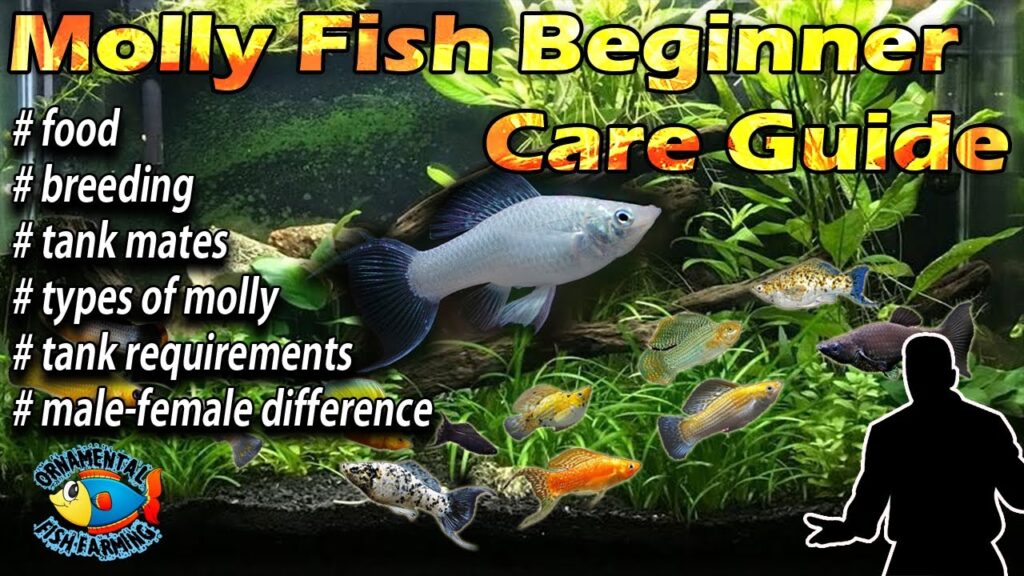
Factors To Consider When Choosing A Tank Size
When determining the tank size for your Balloon Mollies, consider the following factors:
- Number of fish: The number and size of Balloon Mollies you plan to keep will determine the tank size required.
- Tankmates: If you plan to keep Balloon Mollies with other fish species, consider the additional space needed to accommodate them.
- Growth potential: Balloon Mollies can grow up to 3-4 inches in length. It’s crucial to consider their growth potential when choosing the tank size to avoid overcrowding.
- Aquascape and decorations: Keep in mind that adding plants, rocks, and other decorations will take up space in the tank, reducing the available swimming area for your Balloon Mollies.
By considering these factors and providing an appropriate tank size, you can create an optimal living environment for your Balloon Mollies, ensuring their well-being and allowing them to thrive in your aquarium.
Remember, the happiness and health of your Balloon Mollies largely depend on the space you provide for them. So, be sure to choose the right tank size and watch your fish flourish in their new home!
Care Tips For Balloon Mollies
Balloon Mollies, known for their rounded bellies, are easy to keep and highly adaptable. To ensure their happiness and thriving, provide them with the ideal tank size, water temperature, water parameters, and live plants. They are shoaling fish, so it is recommended to keep at least two to three together for optimal thriving.
T in a tank? How Many Balloon Mollies Should be Kept in a Tank? Balloon Mollies are social fish and thrive in groups. It is recommended to keep a minimum of five Balloon Mollies in a tank to ensure their well-being and happiness.
Water Temperature Requirements:
- Balloon Mollies prefer a water temperature between 75-82°F (24-28°C).
- They can tolerate slight temperature fluctuations, but it is best to maintain a consistent temperature for their optimal health.
- Using a reliable aquarium heater is essential to maintain the desired temperature.
Water Parameters For Optimal Health:
- It is important to monitor the water quality regularly to prevent any health issues in Balloon Mollies.
- The ideal pH level for Balloon Mollies is between 7.5-8.5.
- Ammonia and nitrite levels should be kept at zero, and nitrate levels below 20 ppm.
- Regular water changes are necessary to maintain a healthy environment for the fish.
Importance Of Live Plants:
- Live plants provide several benefits to Balloon Mollies.
- They act as natural filters, helping to maintain water quality by absorbing nitrates and other toxins.
- Live plants also provide hiding spots and create a more natural habitat for the fish.
- Some suitable plant options for Balloon Mollies include Java Fern, Amazon Sword, and Hornwort.
Tips For Creating A Suitable Habitat For Balloon Mollies:
- Provide a spacious tank with a minimum size of 20 gallons for a small group of Balloon Mollies.
- Tank decoration should include caves, rocks, and driftwood to create hiding spots and territory markers.
- Ensure the tank is well-lit, either by natural sunlight or by using full-spectrum aquarium lights.
- Balloon Mollies are active swimmers, so leave enough open space for them to swim freely.
- Maintain a well-balanced diet for their optimal health, including high-quality flake or pellet food supplemented with occasional treats like brine shrimp or bloodworms.
Remember, caring for Balloon Mollies requires attention to their water temperature, water parameters, the presence of live plants, and creating a suitable habitat. By adhering to these care tips, you will ensure that your Balloon Mollies thrive and bring beauty to your aquarium.
Tankmates For Balloon Mollies
Balloon Mollies, a popular fish species, are easy to care for and adaptable. It’s important to provide them with the right tank size, water temperature, and live plants to keep them happy and thriving. They get along well with their own kind, so it’s recommended to keep at least two to three together in the tank for optimal results.
Are social fish and should be kept in groups of at least 3 to 5 individuals. This helps promote their natural behavior and minimizes stress. Keeping a single Balloon Molly may lead to it becoming timid and potentially unhealthy. So, when setting up a tank for Balloon Mollies, it’s important to consider their tankmates.
Compatible Fish Species:
- Other Mollies: Balloon Mollies can coexist with other Molly species, such as Dalmatian Mollies, Lyretail Mollies, and Sailfin Mollies. These species have similar requirements in terms of water parameters and tank size.
- Guppies: Guppies are known to be compatible with Balloon Mollies. They are similar in size and have peaceful nature, making them good tankmates.
- Swordtails: Swordtails and Balloon Mollies can get along well. Both species prefer similar water conditions and can add a colorful touch to your tank.
- Platies: Platies are another compatible option for Balloon Mollies. They have similar requirements and can create a vibrant community tank.
Fish To Avoid Keeping With Balloon Mollies:
- Aggressive Fish: Avoid keeping aggressive species like Cichlids or large predatory fish with Balloon Mollies. These aggressive fish can stress out the Mollies and disrupt their behavior.
- Fin Nippers: Fish species known for nipping fins, such as Tiger Barbs or Serpae Tetras, should be avoided as tankmates. They may nip at the long fins of the Balloon Mollies, causing stress and potential damage.
- Bottom Dwellers: Some bottom-dwelling species, like Corydoras Catfish, may accidentally disturb the Balloon Mollies while searching for food. It’s best to avoid mixing them to maintain a peaceful community tank.
Creating a harmonious community tank is essential for the well-being of your Balloon Mollies. By selecting compatible fish species and avoiding aggressive or fin-nipping fish, you can ensure a peaceful and thriving environment for your Mollies. Remember to provide adequate hiding spots and enough space for all the species in the tank to promote a stress-free coexistence.
Diet And Feeding For Balloon Mollies
Balloon Mollies, easy to keep and highly adaptable, have specific requirements for a happy and thriving life, including the ideal tank size, water temperature, water parameters, and live plants. Keeping two to three balloon belly mollies together is recommended for optimal health and well-being.
These peaceful fish can grow up to three inches in length and have a rounded, large belly.
If you’re considering adding a Balloon Molly to your aquarium, it’s important to understand their dietary needs and feeding habits. Providing them with a proper diet will help ensure their health and well-being. In this section, we will discuss the diet and feeding recommendations for Balloon Mollies.
Proper Diet For Balloon Mollies
Balloon Mollies are omnivorous fish, which means they can eat both plant-based and animal-based foods. To provide a well-rounded diet, it’s best to offer them a mix of both types of food. Here are some options to consider:
- High-quality flake or pellet food formulated for livebearers: These can serve as the staple diet for your Balloon Mollies.
- Fresh or frozen foods: Offer them a variety of live or frozen foods such as brine shrimp, bloodworms, daphnia, and vegetable matter like blanched spinach or cucumber slices.
- Vegetable-based food: Balloon Mollies also enjoy grazing on algae and vegetable matter. Consider adding some algae wafers or spirulina flakes to their diet.
Types Of Foods To Offer
When it comes to feeding your Balloon Mollies, it’s important to offer them a diverse range of foods to satisfy their nutritional needs. Here are some types of foods to consider:
- Flakes or pellets: These provide a balanced and complete diet and are readily available in most pet stores.
- Live or frozen foods: Offering live or frozen foods like brine shrimp, daphnia, and bloodworms can provide additional nutrients and simulate their natural feeding behavior.
- Vegetables: Balloon Mollies enjoy nibbling on blanched vegetables like spinach, zucchini, and lettuce. These provide fiber and essential vitamins.
- Algae-based foods: Including algae wafers or spirulina flakes in their diet is important for their overall health and can help satisfy their natural grazing instincts.
Feeding Frequency And Portion Size Recommendations
Feeding frequency and portion size are crucial factors to consider when it comes to Balloon Mollies’ diet. Here are some guidelines to follow:
- Feed your Balloon Mollies 2-3 times a day.
- Offer an amount of food that they can consume within 2-3 minutes. Overfeeding can lead to obesity and water quality issues.
- Monitor their eating habits and adjust the portion size accordingly. Remember, it’s better to slightly underfeed than to overfeed.
Providing a balanced and varied diet is key to keeping your Balloon Mollies healthy and happy. Remember to offer a mix of high-quality flakes or pellets, live or frozen foods, and vegetables. Feed them 2-3 times a day in appropriate portion sizes and monitor their eating habits.
By following these guidelines, you can ensure that your Balloon Mollies receive the nutrients they need for a thriving life in your aquarium.
Breeding Balloon Mollies
Balloon Mollies, also known as Balloon or Belly Mollies, are easy to keep and adaptable fish. They thrive in shoals, so it’s recommended to keep at least two to three together in a tank. These mollies grow to about three inches in length and have a rounded, swollen belly.
Understanding The Reproductive Behavior Of Balloon Mollies:
- Balloon Mollies are livebearers, which means they give birth to live fry instead of laying eggs.
- Female Balloon Mollies are typically larger and have a gravid spot (a dark spot near the belly) when they are ready to give birth.
- Males have a modified anal fin called a gonopodium, which they use to deliver sperm to the female.
Creating the perfect breeding environment:
- Provide a spacious tank with a minimum size of 20 gallons to accommodate the breeding pair and fry.
- Maintain a water temperature between 75 to 82 degrees Fahrenheit, which mimics their natural habitat in warm tropical regions.
- Ensure the water pH is slightly alkaline, around 7.5 to 8.
- Add hiding spots such as plants, rocks, or driftwood to create a sense of security for the fish.
- Use a sponge or mesh barrier to separate the pregnant female from other fish to protect the fry from potential aggression.
Caring for the fry:
- After giving birth, remove the female from the tank to prevent her from eating the fry.
- Feed the fry with finely crushed flakes or specially formulated fry food.
- Provide frequent water changes to maintain good water quality and remove uneaten food.
- Monitor the water parameters closely to ensure optimal conditions for the fry’s growth.
- As the fry grow, consider separating them into separate tanks or providing adequate hiding places to avoid aggression from older siblings.
Breeding Balloon Mollies can be a rewarding experience. By understanding their reproductive behavior, creating the perfect breeding environment, and caring for the fry, you can successfully breed these beautiful fish and witness the wonders of life in your aquarium.

Credit: aquariumsforbeginners.com
Common Health Issues And Care For Balloon Mollies
Balloon Mollies are easy to care for and highly adaptable fish. They thrive in a tank with live plants and prefer a specific water temperature and parameters. Keeping at least two to three Balloon Mollies together is recommended for optimal thriving.
Appearance-wise, they grow to about three inches in length with a round, swollen belly and short fins and tail. The Balloon Molly is a colorful hybrid variation of the Sailfin Molly, known for its peaceful nature.
Identifying Common Health Problems:
- Swim bladder disorder: Symptoms include difficulty swimming upright, floating or sinking to one side, or being unable to swim at all. This condition can be caused by overfeeding, poor water quality, or genetic factors.
- Ich (white spot disease): Look for tiny white spots resembling grains of salt on the fish’s body, fins, or gills. Ich is a parasitic infection that can be caused by stress, poor water conditions, or introducing infected fish into the tank.
- Fin rot: Watch for ragged or disintegrating fins. Fin rot is typically caused by poor water quality, aggressive tankmates, or injuries to the fins.
- Fungal infections: Look for cotton-like growths or white patches on the fish’s body or fins. Fungal infections can arise from wounds, poor water conditions, or stress.
Preventive Measures For Maintaining Health:
- Maintain proper water conditions: Regularly test and monitor water parameters such as temperature, pH, ammonia, nitrite, and nitrate levels to ensure they are within the appropriate range.
- Provide a nutritious diet: Give your Balloon Mollies a balanced diet that includes a variety of high-quality flakes, pellets, and live or frozen foods like brine shrimp or daphnia.
- Quarantine new fish: Before introducing new fish to your aquarium, quarantine them in a separate tank for a few weeks to ensure they are healthy and free from diseases that could spread to your existing fish.
- Avoid overfeeding: Overfeeding can lead to various health issues, including swim bladder disorder and poor water quality. Feed your Balloon Mollies small amounts of food multiple times a day, only providing what they can consume within a few minutes.
- Keep the tank clean: Regularly perform water changes and clean the tank to maintain optimal water quality and prevent the buildup of harmful substances like ammonia.
Treatment Options For Sick Balloon Mollies:
- Treat swim bladder disorder: Adjust the fish’s diet by feeding it easily digestible foods like boiled peas or commercial swim bladder treatment foods. Improve water conditions and provide proper filtration to promote healing.
- Treat Ich: Increase the tank’s temperature gradually to around 86°F (30°C) and add an ich medication according to the manufacturer’s instructions. Remove any carbon from the filter during this treatment period.
- Treat fin rot: Improve water quality by performing regular water changes and keeping the tank clean. Administer appropriate medication, such as antibiotics or fin rot treatments, as directed.
- Treat fungal infections: Isolate the affected fish in a separate tank and treat with a suitable antifungal medication. Keep water conditions pristine and ensure the fish’s stress levels are minimized to aid in the recovery process.
Remember, it’s important to consult with a veterinarian or seek advice from an experienced fish keeper if you’re unsure about the diagnosis or treatment of any health issues your Balloon Mollies may be experiencing.
Frequently Asked Questions On Balloon Mollie
Are Balloon Mollies Hard To Keep?
Balloon Mollies are easy to keep and highly adaptable fish. They require specific tank size, water temperature, and live plants to thrive.
How Many Balloon Mollies Should Be Kept Together?
Balloon Mollies are shoaling fish and should be kept in groups of at least two to three for optimal thriving.
How Big Do Balloon Mollies Get?
Balloon Mollies grow to about three inches in length. They have round and swollen bellies and short fins and tails.
What Is The Difference Between Molly And Balloon Molly?
The Balloon Molly is a variant of the Sailfin Molly, known for its rounded, large belly.
Conclusion
Mollies, specifically Balloon Mollies, are not only beautiful but also easy to care for and highly adaptable. These fish can thrive in the right conditions, including an ideal tank size, appropriate water temperature, and live plants. Balloon Mollies are shoaling fish, so it’s recommended to keep at least two to three together in the tank for them to live happily.
They can grow to about three inches in length, with a round and swollen belly, making them easily distinguishable from other Molly variants. With their peaceful nature and lively swimming patterns, they bring an energetic and curious presence to any aquarium.
Whether you’re a beginner or an experienced fish keeper, Balloon Mollies are a great addition to your aquatic community. So, provide them with a suitable environment, and enjoy their vibrant colors and amusing behaviors. Explore various sources and expert advice to ensure you successfully care for and enjoy the company of these fascinating fish.
I am a passionate aquarist with over 30 years of hands-on experience in fishkeeping. My journey began at a young age, collecting fish from the wild and learning through experimentation. Specializing in tropical fish, I bring a deep understanding of the hobby to FishKeepingMadeSimple. The site provides honest, detailed reviews of essential products and accessories to help fellow enthusiasts create the best environments for their fish.

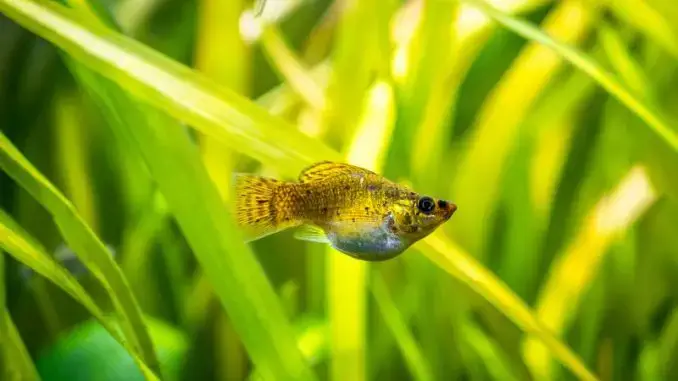
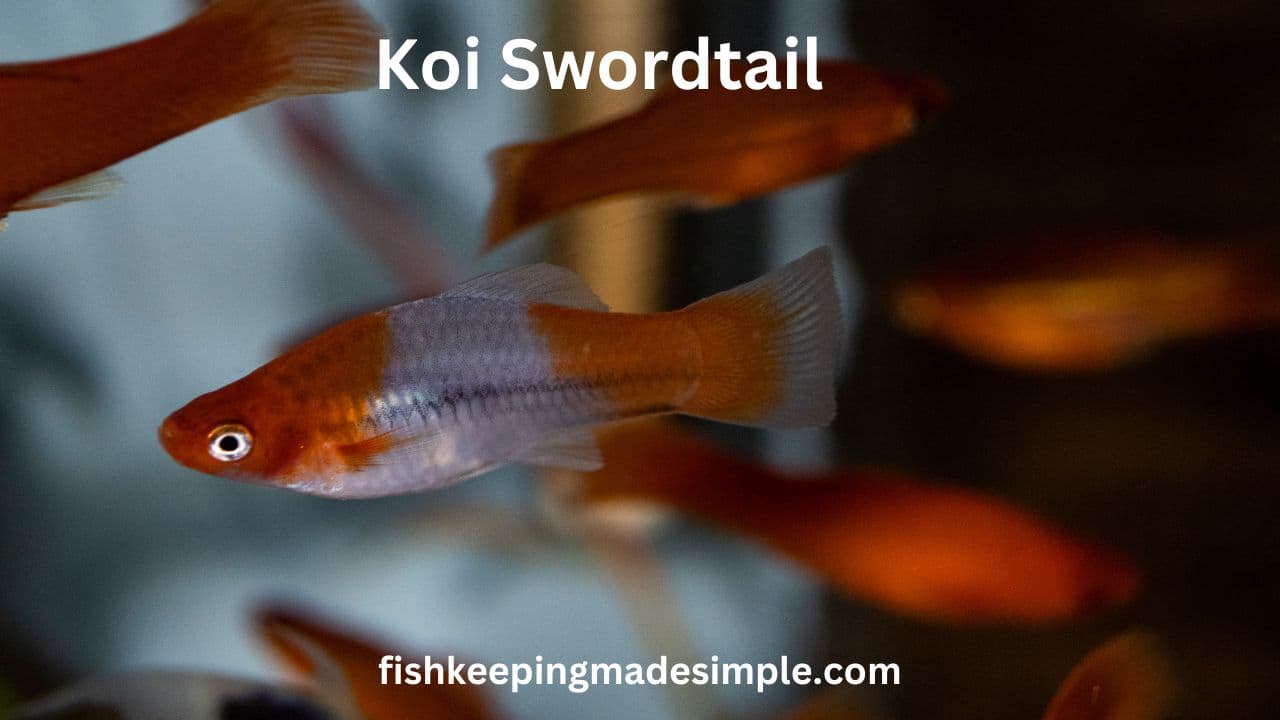

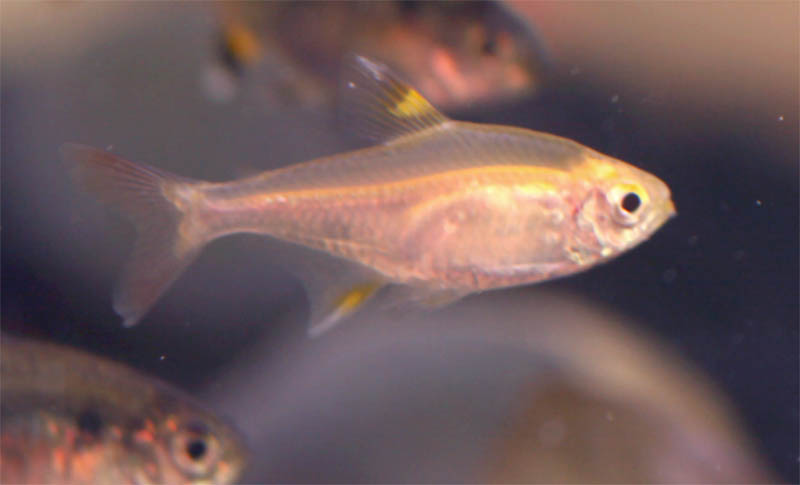
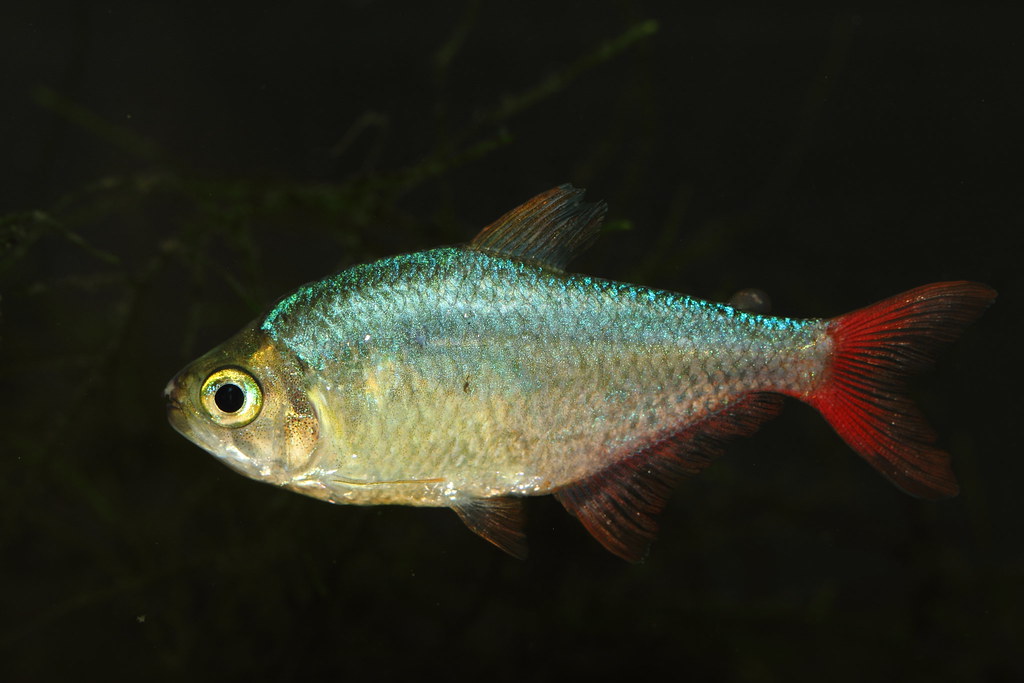
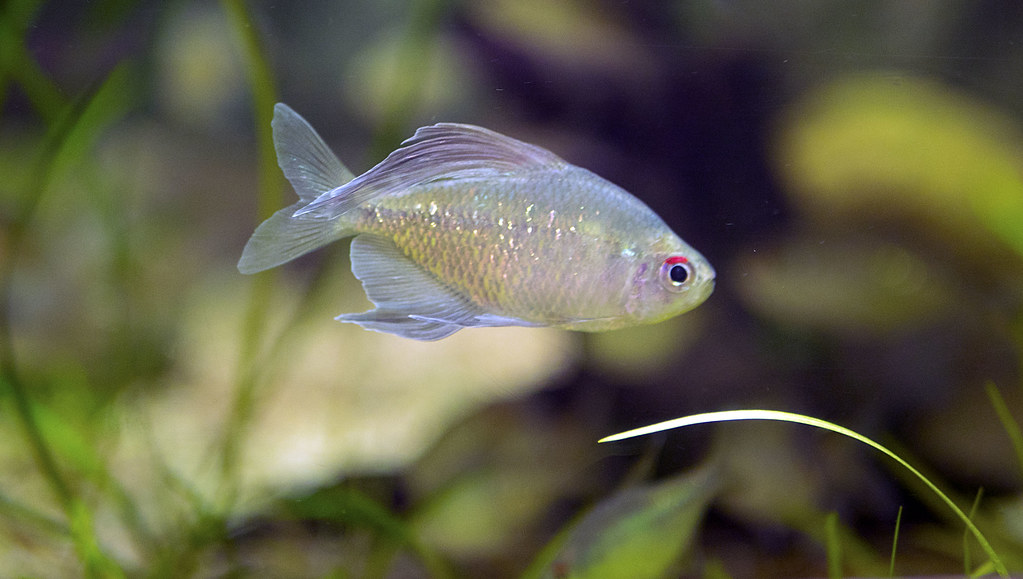
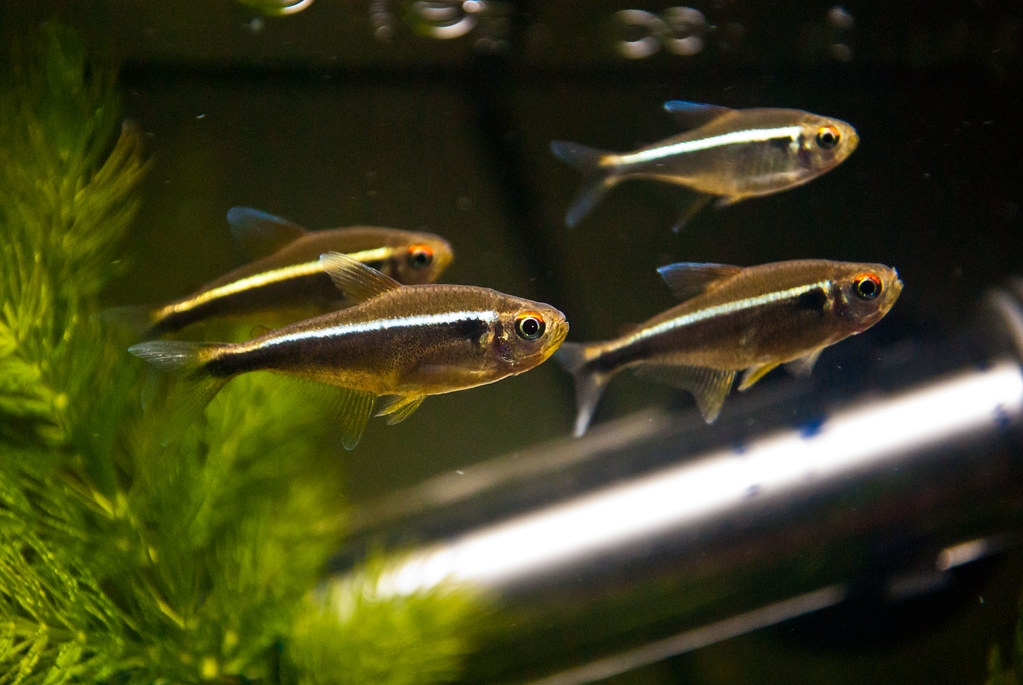
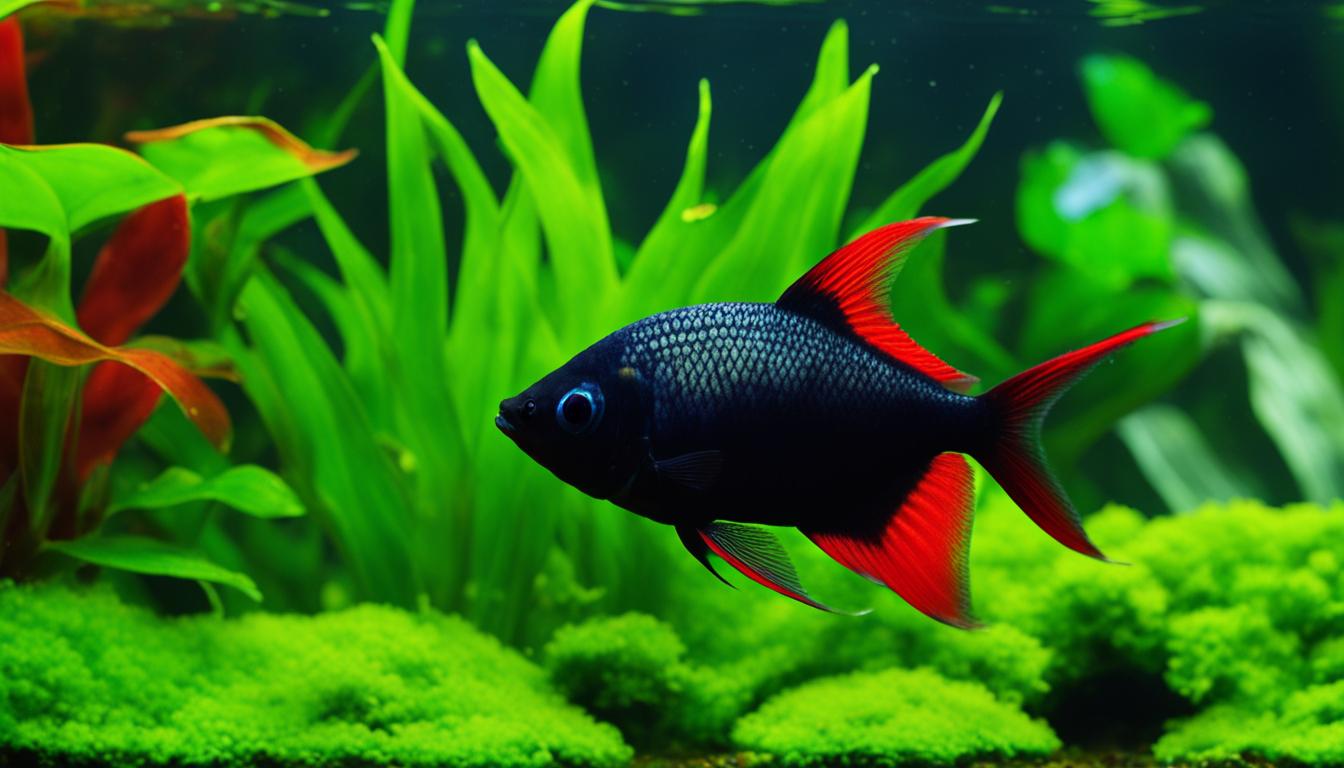
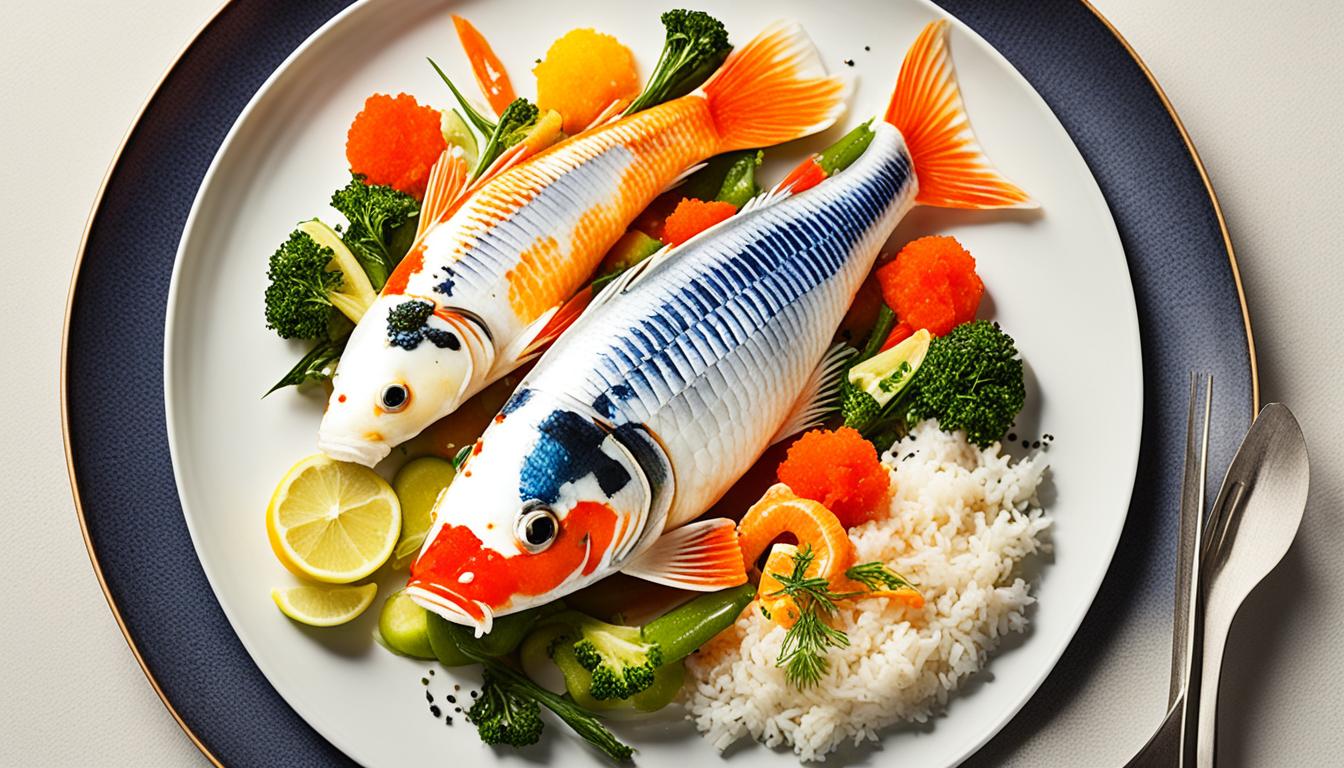
[…] Balloon Mollies are peaceful and social fish that thrive in community tanks. When selecting tankmates for your Balloon Mollies, it’s important to consider their peaceful nature and their specific care requirements. Here are some suitable tankmates for Balloon Mollies: […]
[…] care includes managed tank size, diet, and water […]
[…] Blue Ram Size and Tank Size […]